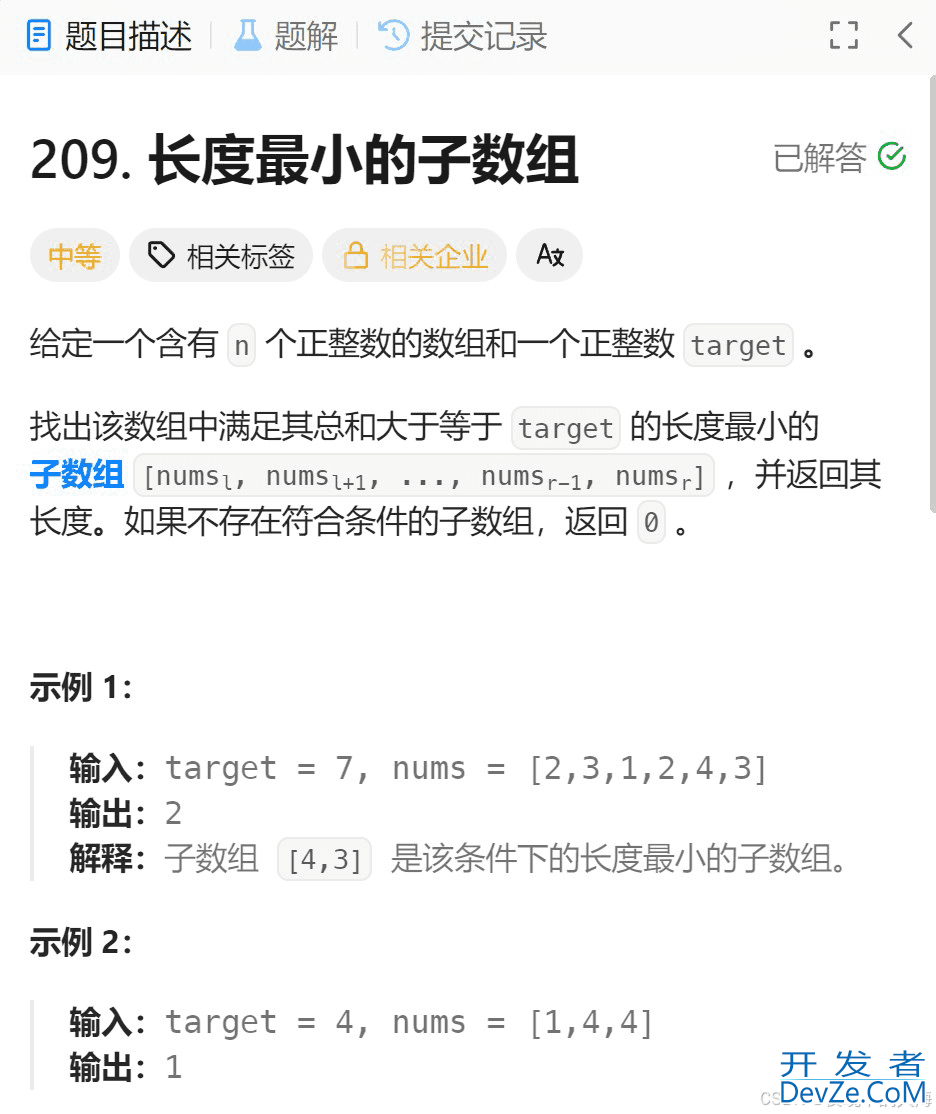Java程序超时停止的实践方案
目录
- 1. 概述
- 2. 基于时间循环控制
- 基础实现原理
- 方案优缺点分析
- 3. 线程中断机制
- 可中断任务设计
- 3.1 使用Timer实现超时控制
- 3.2 使用Future.get()实现超时
- 3.3 使用ScheduledExecutorService(推荐)
- 4. 高级超时控制模式
- 4.1 组合式超时控制
- 4.2 可配置的超时任务包装器
- 5. 中断机制的局限性及应对策略
- 5.1 不可中断的阻塞操作
- 5.2 使用Java NIO实现可中断I/O
- 6. 最佳实践总结
- 6.1 方案选择建议
- 6.2 重要注意事项
- 6.3 完整示例:生产级超时控制器
1. 概述
在实际开发中,我们经常需要控制任务的执行时间,避免长时间运行的任务影响系统性能或用户体验。本文将深入探讨多种在指定时间后停止Java程序执行的方法,分析各种方案的优缺点,并提供实用的代码示例。
2. 基于时间循环控制
基础实现原理
public class TimeLoopExample {
public static void main(String[] args) {
long startTime = System.currentTimeMillis();
long timeoutMs = 30 * 1000; // 30秒超时
long endTime = startTime + timeoutMs;
while (System.currentTimeMillis() < endTime) {
// 执行耗时操作
performTimeConsumingTask();
// 每次循环后检查时间,确保及时退出
if (System.currentTimeMillis() >= endTime) {
break;
}
}
System.out.println("任务执行完成或已超时");
}
private static void performTimeConsumingTask() {
try {
// 模拟耗时操作
Thread.sleep(1000);
} catch (InterruptedException e) {
Thread.currentThread().interrupt();
}
}
}
方案优缺点分析
优点:
- 实现简单,代码直观
- 不需要额外的线程管理
缺点:
- 时间精度不足:循环实际执行时间可能远超设定阈值
- 阻塞主线程:长时间运行会阻塞主线程执行
- 资源浪费:无法充分利用多核CPU优势
3. 线程中断机制
可中断任务设计
public class InterruptibleTask implements Runnable {
private volatile boolean running = true;
@Override
public void run() {
try {
while (running && !Thread.currentThread().isInterrupted()) {
// 检查中断状态并执行任务
performTaphpsk();
// 对于不可中断的阻塞操作,需要手动检查状态
if (Thread.currentThread().isInterrupted()) {
break;
}
}
} finally {
cleanup();
}
}
private void performTask() {
try {
// 可中断的阻塞操作
Thread.sleep(500);
System.out.println("任务执行中..." + System.currentTimeMillis());
} catch (InterruptedException e) {
// 恢复中断状态并退出
Thread.currentThread().interrupt();
running = false;
}
}
private void cleanup() {
System.out.println("执行资源清理操作");
}
public void stop() {
running = false;
}
}
3.1 使用Timer实现超时控制
public class TimerTimeoutExample {
public static void main(String[] args) {
Thread workerThread = new Thread(new InterruptibleTask());
Timer timer = new Timer(true); // 守护线程定时器
TimerTask timeoutTask = new TimerTask() {
@Override
public void run() {
if (workerThread.isAlive()) {
System.out.println("超时中断工作线程");
workerThread.interrupt();
}
this.cancel(); // 取消定时任务
}
};
// 30秒后执行中断
timer.schedule(timeoutTask, 30000);
workerThread.start();
try {
workerThread.join();
} catch (InterruptedException e) {
Thread.currentThread().interrupt();
}
}
}
3.2 使用Future.get()实现超时
public class FutureTimeoutExample {
public static void main(String[] args) {
EpythonxecutorService executor = Executors.newSingleThreadExecutor();
try {
Future<?> future = executor.submit(new InterruptibleTask());
try {
// 设置30秒超时
future.get(30, TimeUnit.SECONDS);
System.out.println("任务正常完成");
} catch (TimeoutException e) {
System.out.println("任务执行超时,尝试取消");
future.cancel(true); // 中断线程
} catch (Exception e) {
System.out.println("任务执行异常: " + e.getMessage());
}
} finally {
executor.shutdown();
}
}
}
3.3 使用ScheduledExecutorService(推荐)
public class ScheduledExecutorExample {
public static void main(String[] args) {
ScheduledExecutorService scheduler = Executors.newScheduledThreadPool(2);
ExecutorService workerExecutor = Executors.newSingleThreadExecutor();
try {
Future<?> future = workerExecutor.submit(new InterruptibleTask());
// 安排30秒后取消任务
scheduler.schedule(() -> {
if (!future.isDone()) {
System.out.println("执行超时,取消任务");
future.cancel(true);
}
}, 30, TimeUnit.SECONDS);
// 等待任务完成
try {
future.get();
} catch (CancellationException e) {
System.out.println("任务已被取消");
} catch (Exception e) {
System.out.println("任务执行异常: " + e.getMessage());
}
} finally {
workerExecutor.shutdown();
scheduler.shutdown();
}
}
}
4. 高级超时控制模式
4.1 组合式超时控制
public class CompositeTimeoutController {
private final ExecutorService executor;
private final ScheduledExecutorService scheduler;
public CompositeTimeoutController() {
this.executor = Executors.newCachedThreadPool();
this.scheduler = Executors.newScheduledThreadPool(1);
}
public <T> T executeWithTimeout(Callable<T> task, long timeout, TimeUnit unit)
throws Exception {
Future<T> future = executor.submit(task);
// 设置超时取消
scheduler.schedule(() -> {
if (!future.isDone()) {
future.cancel(true);
}
}, timeout, unit);
try {
return future.get();
} catch (CancellationException e) {
throw new TimeoutException("任务执行超时");
}
}
public void shutdown() {
executor.shutdown();
scheduler.shutdown();
}
}
4.2 可配置的超时任务包装器
public class TimeoutTaskWrapper {
public static Runnable wrapWithTimeout(Runnable task, long timeout, TimeUnit unit) {
return () -> {
Thread workerThread = Thread.currentThread();
ScheduledExecutorService timeoutExecutor =
Executors.newSingleThreadScheduledExecutor();
// 设置超时中断
ScheduledFuture<?> timeoutFuture = timeoutExecutor.schedule(() -> {
if (!workerThread.isInterrupted()) {
workerThread.interrupt();
}
}, timeout, unit);
try {
task.run();
} finally {
timeoutFuture.cancel(false);
timeoutExecutor.shutdown();
}
};
}
}
5. 中断机制的局限性及应对策略
5.1 不可中断的阻塞操作
public class NonInterruptibleHandler {
private volatile boolean stopped = false;
public void handleWithCustomInterrupt() {
while (!stopped && !Thread.currentThread().isInterrupted()) {
try {
// 模拟不可中断的I/O操作
performNonInterruptibleIO();
// 定期检查停止标志
if (stopped || Thread.currentThread().isInterrupted()) {
php break;
}
} catch (Exception e) {
if (!stopped) {
// 处理异常但不停止
System.err.println("处理IO异常: " + e.getMessage());
}
}
}
}
private void performNonInterruptibleIO() {
// 使用NIO或者设置socket超时来避免永久阻塞
// BufferedReader.read() 是不可中断的
}
public void stop() {
stopped = true;
}
}
5.2 使用Java NIO实现可中断I/O
public class InterruptibleNIOExample {
public void readwithTimeout(Path filePath, long timeout, TimeUnit unit)
throws IOException {
try (AsynchronousFileChannel channel =
AsynchronousFileChannel.open(filePath, StandardOpenOption.READ)) {
ByteBuffer buffer = ByteBuffer.allocate(1024);
Future<Integer> readResult = channel.read(buffer, 0);
try {
Integer bytesRead = readResult.get(timeout, unit);
processData(buffer, bytesRead);
} catch (TimeoutException e) {
readResult.cancel(true);
throw new IOException("读取操作超时");
}
}
}
private void processData(ByteBuffer buffer, intandroid bytesRead) {
// 处理读取的数据
}
}
6. 最佳实践总结
6.1 方案选择建议
| 场景 | 推荐方案 | 理由 |
|---|---|---|
| 简单循环任务 | 时间循环检查 | 实现简单,适合不严格的超时控制 |
| 需要精确控制 | ScheduledExecutorService | 功能强大,灵活性高 |
| I/O密集型任务 | Future + 超时设置 | 天然支持异步I/O超时 |
| 复杂业务逻辑 | 自定义中断标志 | 提供更细粒度的控制 |
6.2 重要注意事项
- 及时资源清理:确保在任务停止后释放所有占用的资源
- 状态一致性:中断操作不应导致数据处于不一致状态
- 优雅降级:提供超时后的降级处理方案
- 日志记录:详细记录超时发生时的上下文信息
6.3 完整示例:生产级超时控制器
public class ProductionTimeoutManager {
private final ScheduledExecutorService scheduler;
private final Map<Future<?>, ScheduledFuture<?>> timeoutMap;
public ProductionTimeoutManager() {
this.scheduler = Executors.newScheduledThreadPool(2);
this.timeoutMap = new ConcurrentHashMap<>();
}
public <T> Future<T> submitWithTimeout(Callable<T> task,
long timeout,
TimeUnit unit,
Runnable timeoutCallback) {
ExecutorService executor = Executors.newSingleThreadExecutor();
Future<T> future = executor.submit(task);
ScheduledFuture<?> timeoutFuture = scheduler.schedule(() -> {
if (!future.isDone()) {
future.cancel(true);
if (timeoutCallback != null) {
timeoutCallback.run();
}
timeoutMap.remove(future);
}
}, timeout, unit);
timeoutMap.put(future, timeoutFuture);
// 任务完成时清理超时控制
scheduler.execute(() -> {
try {
future.get();
} catch (Exception e) {
// 忽略异常,主要是为了触发完成状态
} finally {
ScheduledFuture<?> scheduledFuture = timeoutMap.remove(future);
if (scheduledFuture != null) {
scheduledFuture.cancel(false);
}
executor.shutdown();
}
});
return future;
}
public void shutdown() {
scheduler.shutdown();
}
}
通过本文介绍的各种方法,您可以根据具体场景选择最适合的超时控制方案。在实际项目中,建议优先使用ScheduledExecutorServicwww.devze.come和Future组合的方式,它们提供了最好的灵活性和可靠性。
到此这篇关于Java程序超时停止的完整指南的文章就介绍到这了,更多相关java超时停止内容请搜索编程客栈(www.devze.com)以前的文章或继续浏览下面的相关文章希望大家以后多多支持编程客栈(www.devze.com)!






 加载中,请稍侯......
加载中,请稍侯......
精彩评论